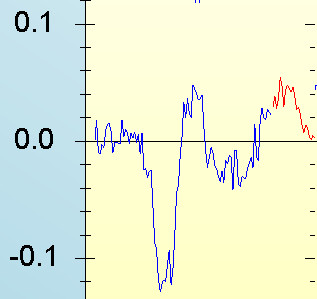A striking feature of the detailed aspects of the CBI forecast is that - like the EY ITEM Club - it signals a substantial growth in investment during the current year. While total business investment fell by 1% in 2013, the CBI expects it to grow by 8.3% this year and by a further 9.1% next year. With growth and confidence returning, a return to growth in investment would not, of course, be surprising. But the magnitude of these estimates is striking.
The growth we are now experiencing is, of course, welcome. There are, however, aspects of the economy's trajectory that look like bubbles. The housing market is one, and business investment may turn out to be another. Some observers have suggested that the Bank of England should look to raise interest rates sooner rather than later. In light of the considerable spatial disparities that are emerging (with London booming while the recovery is still nascent in peripheral regions), an interest rate hike would be premature in the absence of substantial support to the regions. A reduction of fiscal stimulus to the core region - particularly through housing market support - may, however, be timely.

